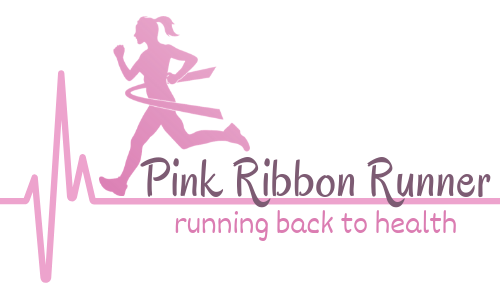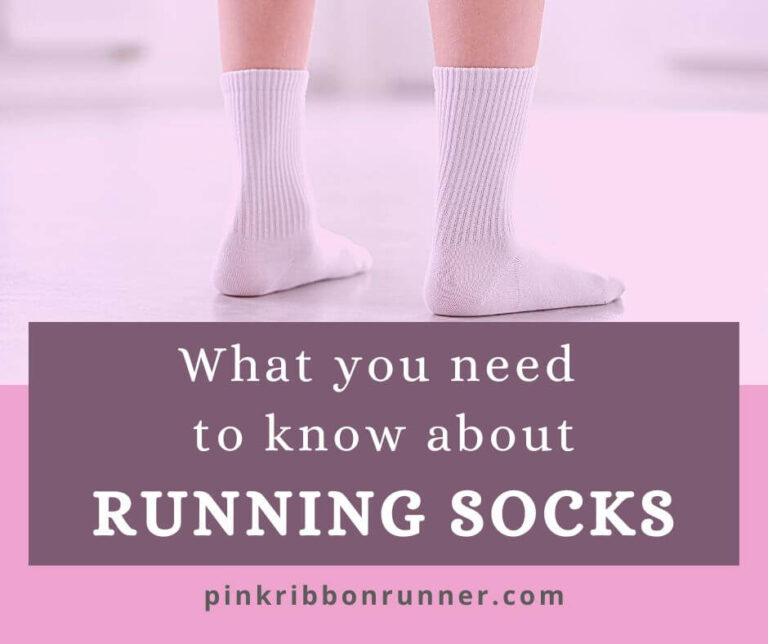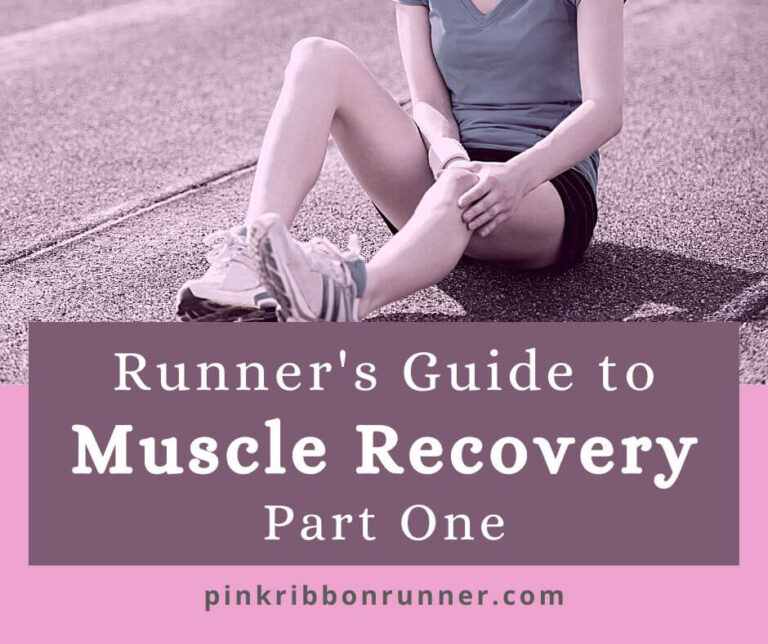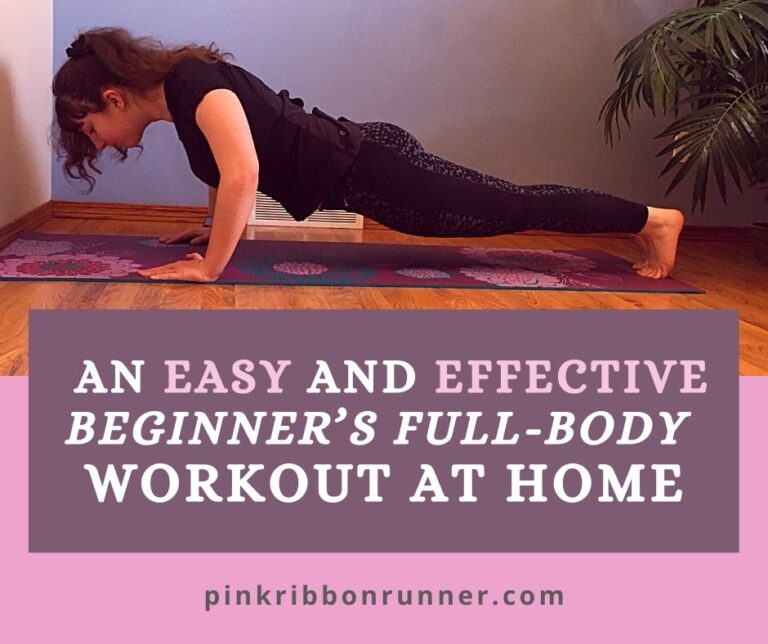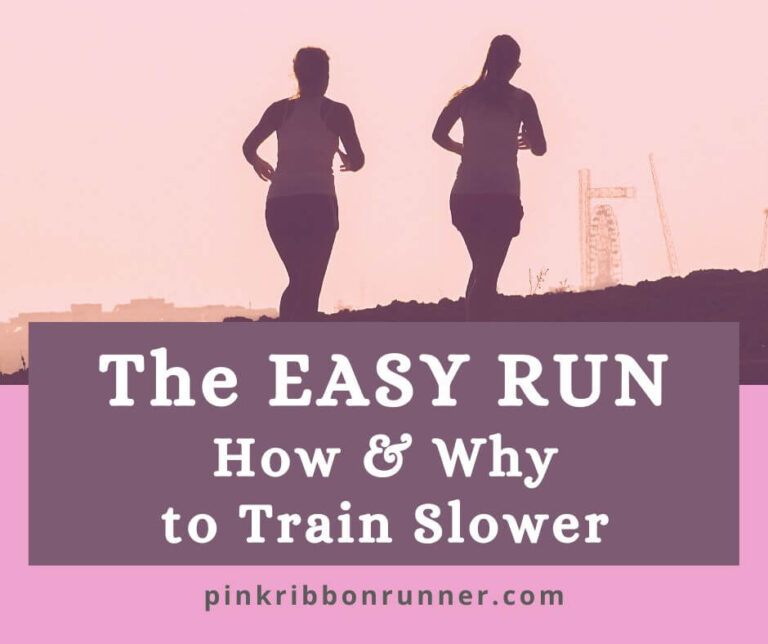How to Start Running – A Guide for Beginners
Do you want to start running? It is one of the best forms of cardio exercise. There are tremendous health benefits for runners. But where do you start? If you are going from couch to running, then this quick guide will get your started. Let’s go!
Benefits of Running
Running is such a great way to exercise. It improves heart health and reduces blood pressure. It stabilizes hormones, so can improve a runner’s mood and decrease risk for depression and anxiety. Running reduces stress and fatigue. You sleep better after running that day. It improves brain function and can make you smarter. Studies are underway to show that running can help cancer patients overcome “chemo brain” and “brain fog”. The preliminary studies look promising. Running strengthens muscle and bone, and can help prevent osteoporosis. It can also help reduce pain symptoms. Runners also have reduced risk for cancer, diabetes and heart disease.
I feel so much better after a run. My body feels alive and energized. The stress melts away and I am happier. A run is a great remedy for a bad day. It also complements a good day.

You need to run to be able to run
Nike had a brilliant slogan… Just Do It! The beauty of that slogan is that it is so simple and so true. To run, or to get better at running, you have to run. There is no magical answer. But, if you do the work, you will achieve your goals.
I won’t lie to you. Running is hard. In the beginning, you will be struggling. This is completely normal. Like most things in life, you need to be outside of your comfort zone to improve. Running will take you outside your comfort zone.
But, it is possible for you to be a runner. I told you I would not lie to you. If you do the work, your body will respond. You absolutely can do this. Running is about 90% mental. If you believe you can do it, you will. So, start believing you can.
So how do you begin?
Set a realistic goal for yourself
First, you need to set a realistic goal. If you have never run before, finding a local 5 km race is a good goal. For the beginner runner, a 5 km run may seem daunting. But, if you break it down into small chunks, it’s completely achievable. I will help break it down into these chunks for you a bit later in this article, so keep reading. There are a few other things to consider before jumping in.
Give yourself enough time to train and work up to a 5 km race. Depending on your current level of fitness, you should allow yourself about 12 -16 weeks to build up to that distance.
You likely won’t win that 5 km race. You may even come in last. But that is okay. It isn’t about racing. It is about getting healthier! Use the race as a tool to motivate yourself. Races are fun and full of energy, so they make a great goal and a fun reward for all your hard work to get there.
You should be able to walk for 20 to 30 minutes at a brisk pace before starting. If you aren’t there yet, that’s okay. Look for my article on Walking to Regain Your health. Some 5 km running events welcome walkers too, so be sure to ask the race director.
Buy the right running shoes
Next, get yourself a good pair of running shoes. This is very important. Don’t skimp on your shoes. The right running shoe can make running enjoyable and help prevent injury. If you are experiencing pain in your feet, shins or knees when running, look at your shoes first. Are they the right shoe for you? Is it time to buy new shoes?
Consult with a good sales associate at a specialty running store or a chiropodist. They can assess your feet and gait to help you choose a shoe that is right for you. Expect to invest about $150 – $200 in a decent pair of running shoes.

Photo taken with permission from Fresh Air.
While you look for running shoes, also consider socks. You should have a good quality pair of technical running socks to prevent blisters and help your shoes do their job at protecting your feet. Here is an article on what you need to know about running socks.
Wear workout clothes
Wear dry-fit or wicking clothes that are appropriate for the weather. Don’t wear cotton, as it holds moisture and sweat against your body and can lead to chaffing. You want to wear clothes that are designed for working out. Your clothes don’t have to be expensive or specifically for running, but they should keep sweat away from your skin and they should be comfortable.
For women, a good supportive sports bra is a must. Running causes you to bounce a little. Keep those girls under control, or you may find that they are tender after a run.
If I am not feeling motivated to go for a run, just getting dressed for it motivates me.
My brain turns on to run-mode when I put on my clothes and shoes. This can sometimes be the hardest part about starting a run. Once you are dressed, you may as well go run.
Now…go run!
You have the right clothes, the right shoes and the right socks. You’ve set your goals. Now, let’s get out there and run!
Run for 1 minute
Try to run for 1 minute without stopping. That’s not that long, right?! Just one minute. You can do anything for 1 minute.
How did that feel?
Was it EASY? If it was easy and you feel like you can run further, then keep running for another minute.
Or was it HARD? If that was medium to hard, slow down to a brisk walk.
Walk for 1 minute
How’s your heart rate after walking 1 minute? Still fast? Still breathing hard? Then walk for another minute. After 1 to 2 minutes of walking, run again. Try not to walk for more than 2 minutes. Your body might cool down too much. Then, it will be harder to start running again.
Be aware of your body and how it is responding to the effort. Slow down or push forward based on how you are feeling. But remember, running is hard. You are working your body outside your comfort zone. So, you want to feel like you are pushing it a little.
Continue intervals of running and walking
Run for another minute, then reassess how easy or hard that was as you just did above. Walk for another minute and assess your breathing and heart rate again. Continue these 1 or 2 minute running and walking intervals for 20 – 30 minutes, if you can. Then you are done for the day!
Congratulations, you did it! You are a runner!

Run at least 3 days per week
To improve and build your distance, you should run at least 3 days per week. This shouldn’t be consecutive. You should have a day of “rest” in between runs. Rest could mean no exercise, but better yet, you should do some cross training such as walking, biking, swimming, exercise class, strength training…anything except running.
Ideally, you should get 150 minutes or more of exercise in per week.
Push yourself a little further each week
Each week, push yourself a little bit more. Take yourself slightly out of your comfort zone. If you ran 1 minute and walked 1 minute last week, try running 2 minutes and walking 1 minute this week. It might look something like this…
- Week 1: 1 minute run, 1 minute walk, repeat for 20 minutes x 3 days
- Week 2: 2 minute run, 1 minute walk, repeat for 20 minutes x 3 days
- Week 3: 3 minute run, 1 minute walk, repeat for 20 minutes x 3 days
You can also gradually increase the time you are running or the number of days. It might look something like this….
- Week 1: 1 minute run, 1 minute walk, repeat for 20 minutes x 3 days
- Week 2: 2 minute run, 1 minute walk, repeat for 20 minutes x 3 days
- Week 3: 2 minute run, 1 minute walk, repeat for 30 minutes x 3 days
- Week 4: 3 minute run, 1 minute walk, repeat for 30 minutes x 3 days
- Week 5: 3 minute run, 1 minute walk, repeat for 30 minutes x 4 days
- Week 6: 4 minute run, 1 minute walk, repeat for 30 minutes x 4 days
Your body will respond
As you keep running, week to week, your body will respond and get stronger. Eventually, you should aim to run 10 minutes and walk 1 minute. This is a standard running method that many runners use in races. Doing these 10:1 intervals for 40 to 45 minutes, for a beginner, should equal a 5 km distance. That depends, of course on how fast you run. This is just a guideline.
Run your first race!
Once you are running 10:1s for 40 to 45 minutes, you are ready for your first 5 km race. Good for you! Enjoy that glorious feeling of accomplishment as you cross the finish line. You earned it!

For more about running, visit the Pink Ribbon Runner Running Archives.
